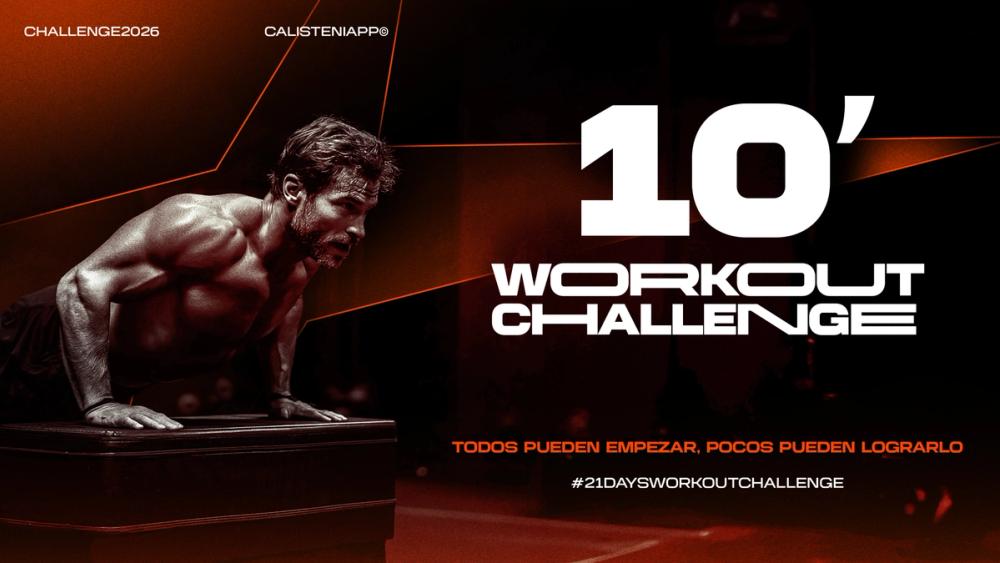
Calisteniapp 10' Workout Challenge
Start training or give your routines a boost with this 21-day Calisthenics challenge for all levels that will put your discipline to the test.

Over the more than 10 years I’ve been posting content about calisthenics and training in general, I’ve made many mistakes—some of which I really regret.
You see, there are certain exercises or specific techniques that I repeatedly recommended or demonstrated in my videos and articles, only to realize over time that they were incorrect, not ideal, or even potentially harmful.
Today, I want to go over five exercises or techniques that I explained incorrectly and how they should actually be done.

When I first learned how to do one-arm push-ups, I discovered that if you spread your legs wide, placed one foot forward with the sole on the ground, it became relatively easy to perform them.
It didn’t occur to me that this was not a strict form and that they could be done much cleaner—I was only focused on the range of motion. Plus, when lowering, I would do a sort of lateral hip bend that helped me complete the movement.
I kept doing them like this for years, and to be fair, most people who post videos of one-arm push-ups do them the same way. That’s why it took me so long to realize my mistake.
Recently, however, I discovered that they can be done much more strictly and cleanly by following these principles:

When I tried doing them this way, I realized they were much harder, and I still wasn’t able to do them with perfect form. But I was excited to have a new challenge to work on with consistency and discipline.
When I first became comfortable with the muscle-up, I quickly realized that it could be done more cleanly by pulling up with both arms simultaneously and keeping the knees straight.
Later, when endurance competitions introduced stricter rules, they required minimal forward swinging and no leg raises—even with straight legs. It was as if there was a wall 50 cm in front of the bar that you couldn’t touch. This made sense, so I adopted it.

And that was it. To me, that was a strict muscle-up, and I demonstrated it that way for years. But there was one detail I hadn’t noticed: the hip flexion during the transition at the top.
Even if you meet all the cleanliness requirements I mentioned earlier, if you flex your hips as you transition over the bar—causing your chest and head to move forward—you break the movement into two parts.
However, if you try to keep your head and chest back while pulling, without excessive hip flexion, the movement becomes much smoother and more fluid. That’s how I now perform strict muscle-ups.

If you want to learn and refine your muscle-up to achieve strict form, I recommend using our "Your First Muscle-Up" program available on Calisteniapp.
As I’ve mentioned in previous articles, for years, the "butt wink" in deep squats has been demonized.
Across the fitness world, it has always been viewed as something harmful to avoid—and I fell into that belief.

The truth is, the butt wink is a natural, anatomical movement that occurs when you reach the deepest range of a squat. If you try to force your lower back to prevent it, you can end up with a strain and pain in the area (which I personally dealt with for years).
If you’re doing deep squats, a slight butt wink at the bottom is not a problem—as long as it’s not excessive or forced.
When I first learned the planche, I was just happy to hold it in any way I could. Later, as I refined my form, I focused on locking my elbows—and then on posterior pelvic tilt.
At the time, I understood that to achieve a clean planche, I needed to tilt my pelvis backward so that my lower back lost its natural curve and became flat.
And so I did. I learned to apply pelvic tilt and eliminate lumbar curvature in my planche holds.

The problem was, this approach wasn’t entirely correct.
For people with a very pronounced lumbar curve—where their lower back visibly arches and their legs are angled slightly upward when doing a planche—posterior pelvic tilt is recommended.
However, for people who naturally maintain a more neutral position, with only a slight lumbar curve, applying excessive pelvic tilt isn’t necessary.
The goal should be to keep a straight line from the back to the legs. With my old technique, where I applied posterior tilt, my legs always ended up dropping slightly, making my body form a concave shape rather than a straight line.

Two of the most basic exercises—and I did them wrong for years.
For pull-ups, I used to focus on physically getting my chin over the bar, which led me to push my head forward on every rep. This made the movement look awkward and caused my shoulders to rotate inward, compromising scapular retraction.

However, if you don’t try to force your chin over the bar, but instead just reach bar height while keeping your head back, you can perform a much cleaner pull-up—maintaining scapular retraction and keeping your chest slightly lifted.
As for push-ups, I used to aim for full range of motion, making sure my nose touched the ground in every rep. The problem? My head was sticking forward, so when my nose hit the ground, I still hadn’t reached full range.
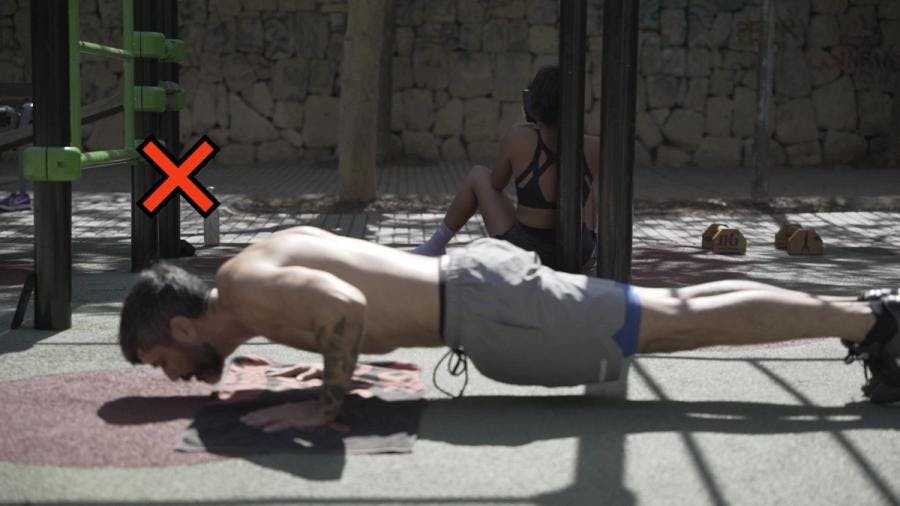
To fix it, all I had to do was ensure that my head stayed in line, maintaining a straight posture from my back to my neck. This way, I could achieve full range of motion by touching the ground with my chest instead.
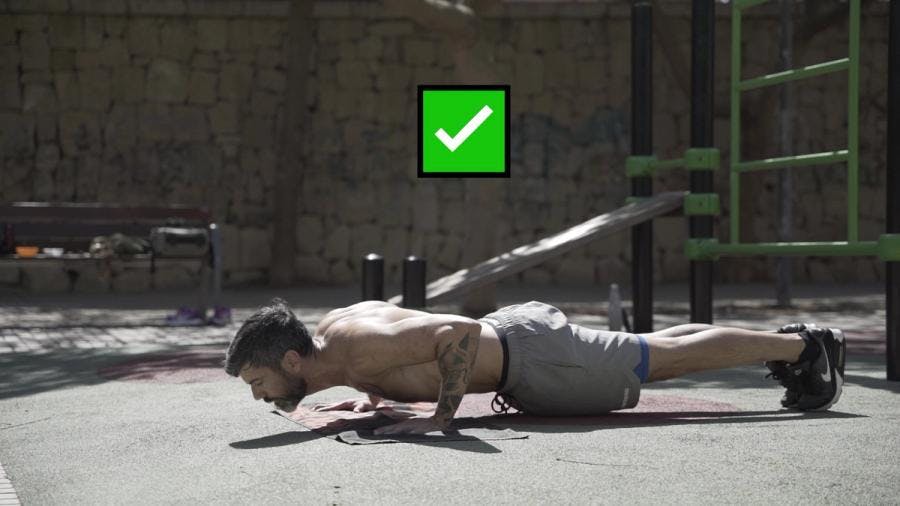
I hope this article helps you avoid these mistakes. Remember, you can train with these exercises using our workout programs available on Calisteniapp.
By Yerai Alonso

Yerai Alonso
Cofundador de Calisteniapp, referente en calistenia y el street workout en Español. Con más de una década de experiencia, es creador de uno de los canales de YouTube más influyentes del sector. Autor del libro La calle es tu gimnasio, campeón de Canarias y jurado en competiciones nacionales e internacionales.
Join our newsletter
Learn everything you need to know about calisthenics

Start training or give your routines a boost with this 21-day Calisthenics challenge for all levels that will put your discipline to the test.
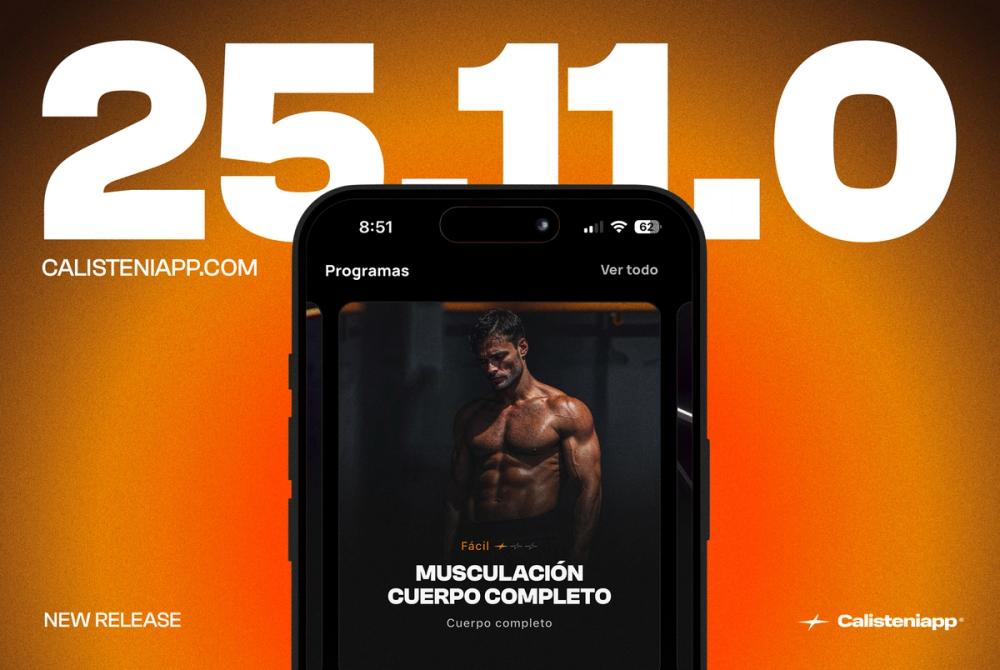
Calisteniapp is a symbol that represents our obsession with excellence, our essence, and the path we want to define for the next ten years.
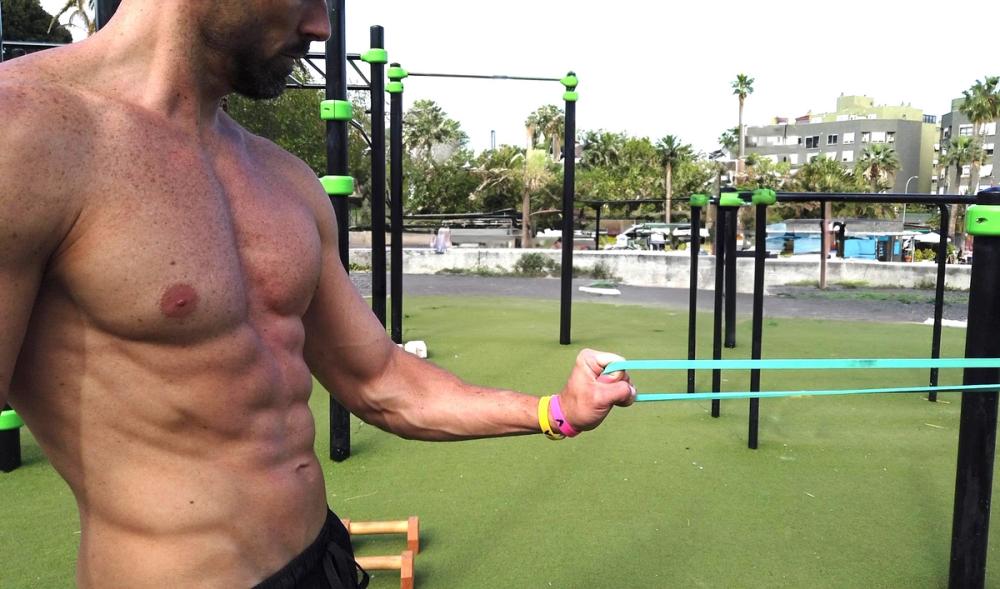
Descubre los mejores ejercicios de antebrazo para calistenia. Mejora fuerza, agarre y control corporal con entrenamientos efectivos sin pesas.
